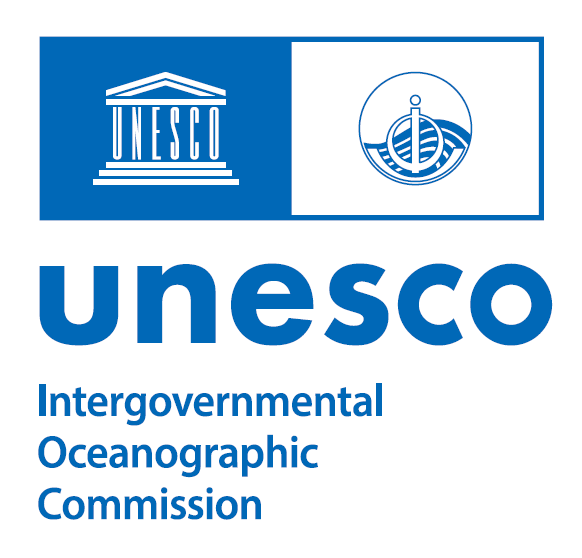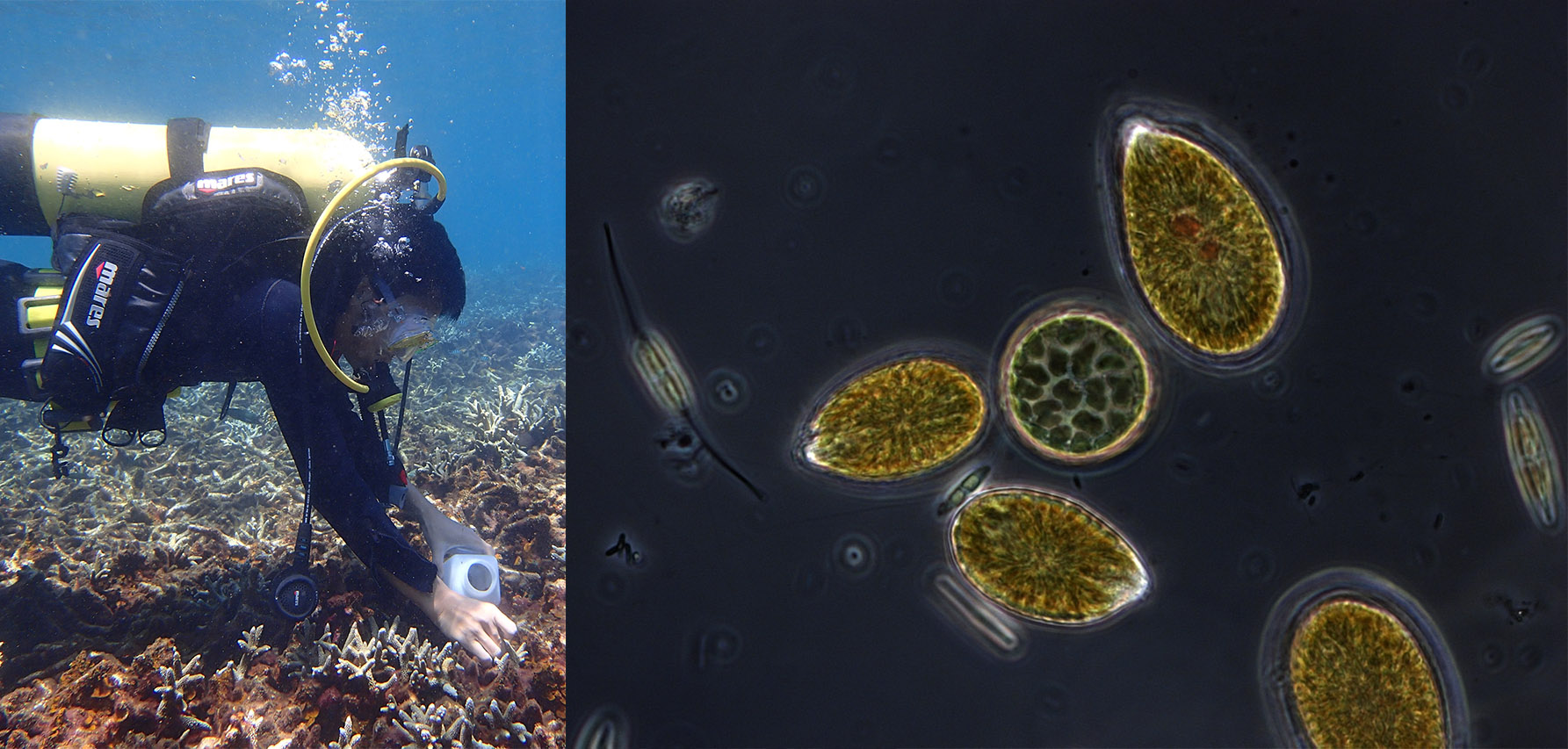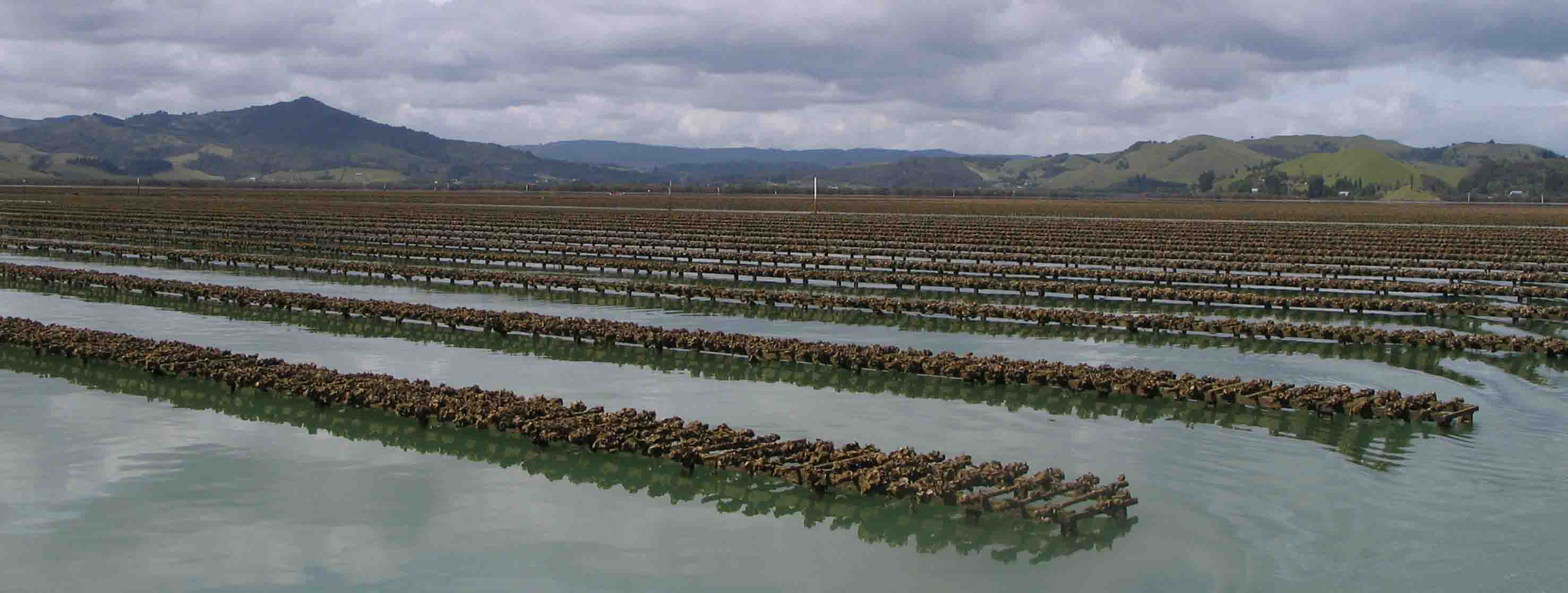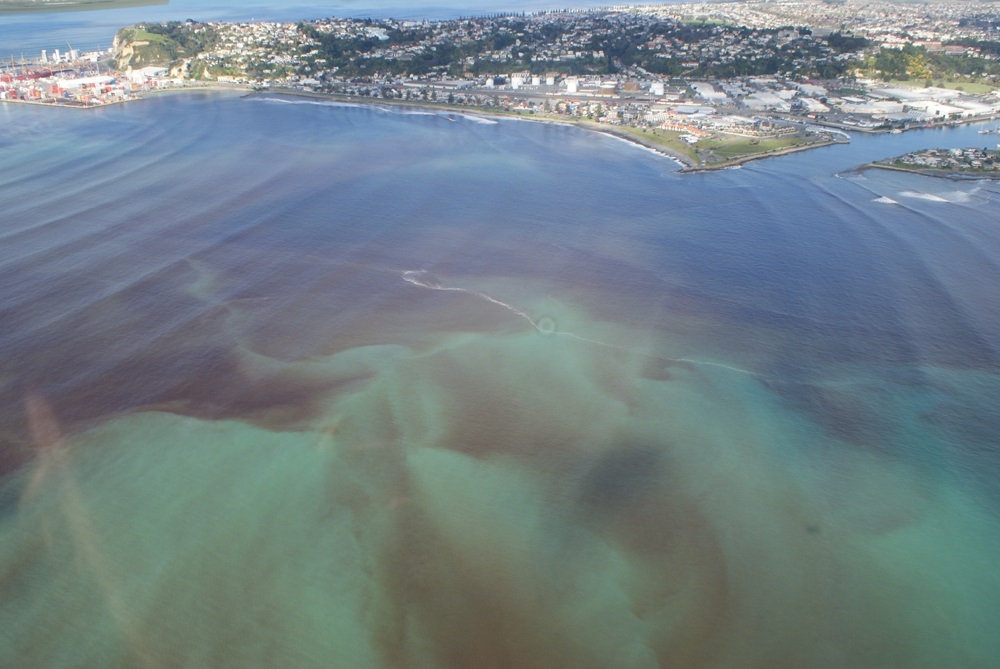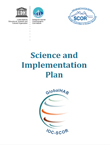
The GEOHAB Core Research Project on Harmful Algal Blooms (HABs) in Eutrophic Systems
Concurrent with escalating influences of human activities on coastal ecosystems, the environmental and economic impacts of HABs have increased. The relationship between HABs and the increasing nutrient enrichment of many of the world’s coastal and estuarine environments is of particular concern.
Increasing nutrient loading to coastal and enclosed or estuarine environments is a result of agricultural, aquacultural, animal operations and increasing industrial and sewage effluents. Eutrophic systems are often associated with HABs that may develop high biomass, cause fish kills, intoxicate seafood, result in oxygen depletion, and alter trophic interactions. Nutrient enrichment can directly stimulate HABs by enhancing growth and biomass, and indirectly through alterations in food web and ecosystem dynamics.
These factors are only beginning to be understood. It is imperative that we begin to understand how trends in nutrient pollution relate to the development of algal blooms in general, as well as how specific nutrients promote the development of particular species. Furthermore, it is imperative to know how nutrient loading interacts with other major ecosystem changes, such as climate change or over-fishing, which also alter ecosystems and pathways of nutrient transport. The key to this knowledge is an understanding of the ecology and oceanography of HABs at both regional and global scales; comparative field and laboratory approaches combined with advanced observational and modeling tools are required.

